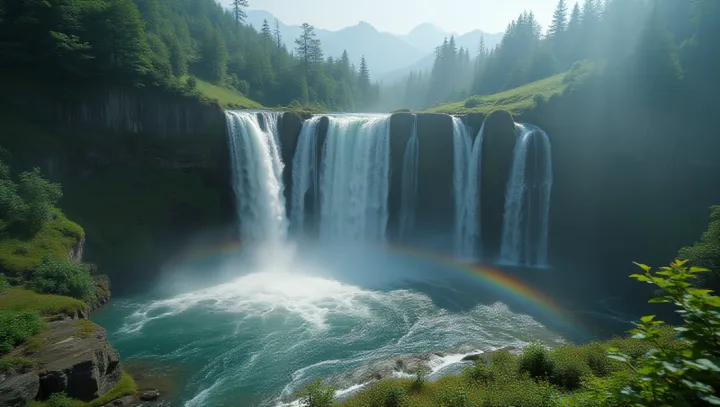Discovering the World's Glorious Waterfalls

Waterfalls have long been among nature's most awe-inspiring sights, drawing millions of visitors worldwide each year. They are not only remarkable for their sheer beauty but also for the ecological and economic roles they play in surrounding regions. Iconic sites such as Niagara Falls, straddling the US-Canada border, and Victoria Falls, located between Zambia and Zimbabwe, serve as prime examples of nature's grandeur.
These astonishing sites capture the imagination with their thundering cascades, while also driving significant tourism, vital for local economies. The allure of these sites cannot be overstated. Tourists seek the experience of witnessing firsthand the raw power and misty sprays of falling water, standing as testaments to the Earth’s natural beauty.
However, with climate change threatening water levels and biodiversity, these natural wonders face unprecedented challenges. According to Dr. Emily Hawthorne, an environmental scientist, the preservation of waterfalls should be a global priority.
She asserts, 'Waterfalls are crucial for ecological health, serving as habitats for numerous species and playing vital roles in water cycles.' Her insights emphasize the importance of sustainable tourism and robust conservation efforts. Efforts to sustain these majestic landscapes are ongoing, with initiatives focusing on promoting eco-friendly visitation practices and enhanced awareness about the human footprint on natural environments. These measures aim to balance the thriving tourism with the imperatives of environmental stewardship.
